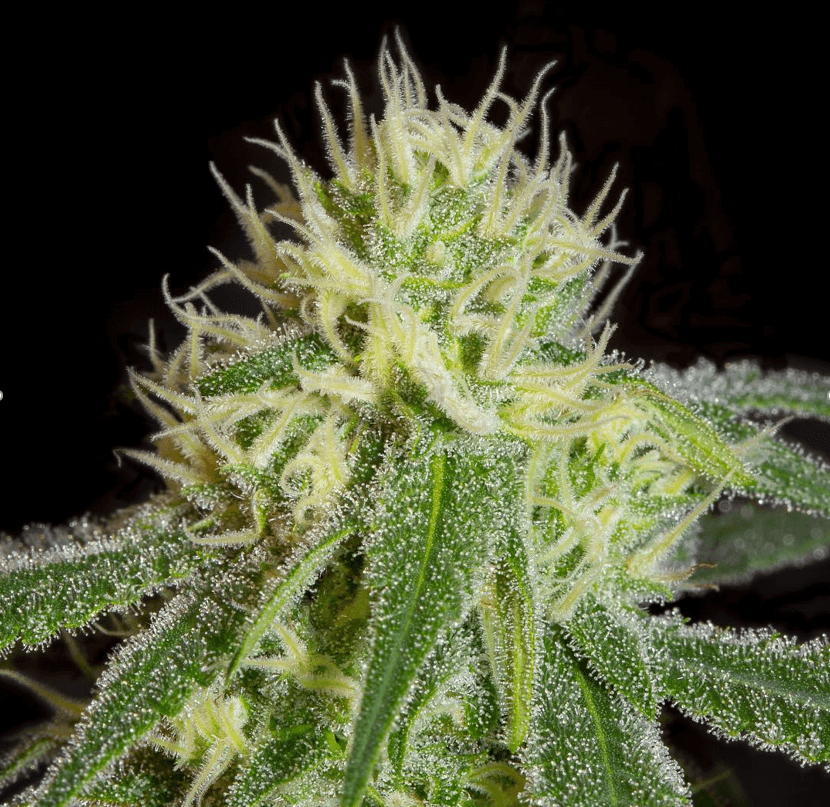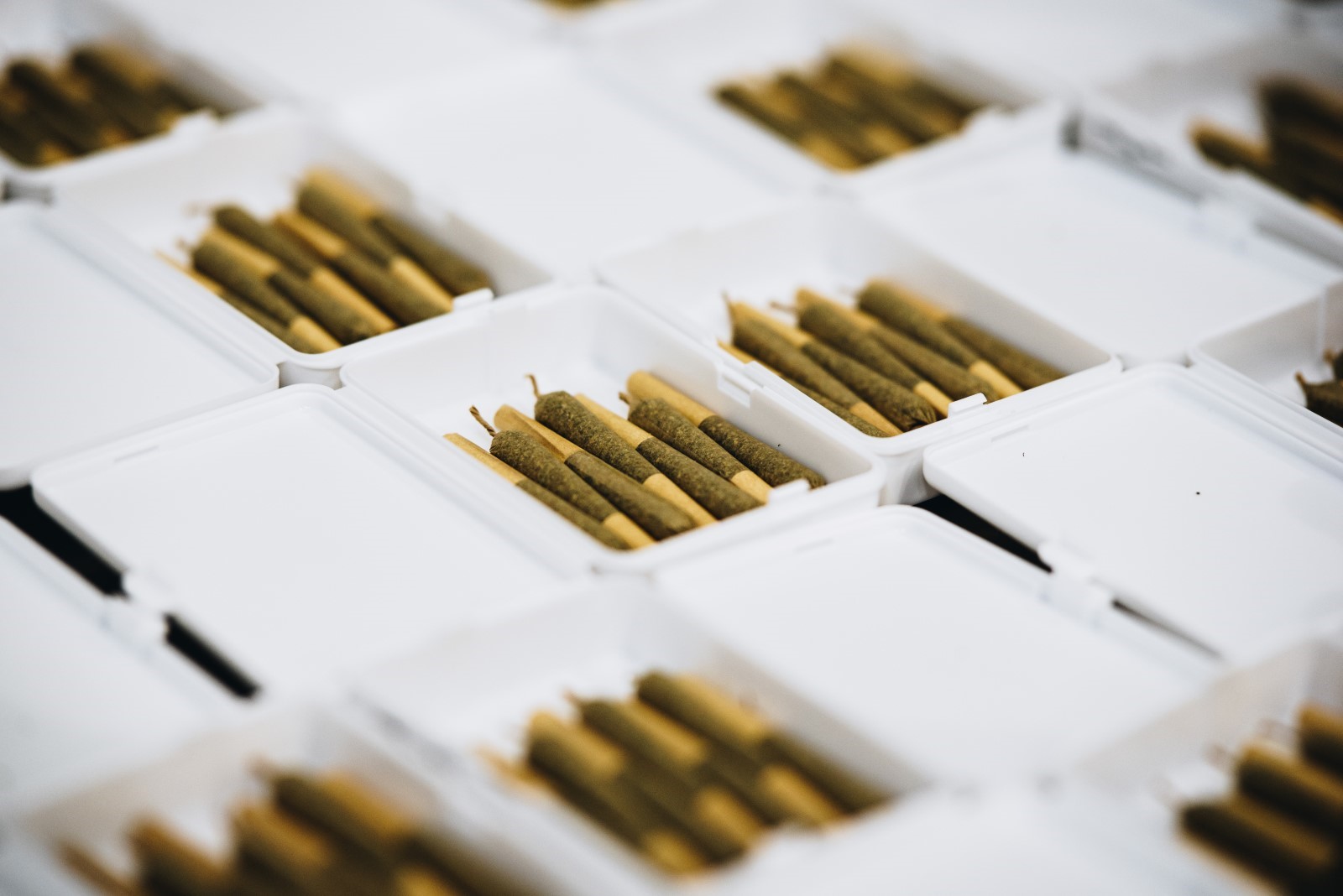Ever wonder how grower’s are able to tweak and create new strains of Cannabis? The goal is to concentrate the attributes of each strain you like to it’s maximum potential. Cannabis breeding consists of refining the genetic makeup of 2 plants or strains. Crossing these 2 different strains result in a new strain or hybrid. It’s important to know the genetic makeup of the seed you choose as this will directly affect the outcome you’re looking for. Cannabis breeders are breeding to strengthen and purify strains as well as enhance certain characteristics like yield, potency, aromas and taste as well as many other factors.
When growing cannabis, it’s important to ask the breeder for the history of the seeds and which strains were used. Should the breeder not have the information readily available, you really can’t be sure what you’re getting. With legalization, breeding is understandably increasing in popularity but can be very technical. With a little research, and likely some trial and error, you can even try it on your own.
Cannabis Breeding Basics
Cannabis plants can be either male or female. Consumers are most concerned with the female plants as they produce the floral, dank buds we’re looking for. The male plant however plays a crucial role in the breeding and pollination process which enables the females to produce those buds. A match made in heaven.
In order to cross- breed, you need a male plant from one strain to pollinate a female of another. Once this happens, the female will produce seeds that contain genes from both the male and female plants used. Seeds are then harvested and grown. This is how you create a hybrid.
So how to know if you should choose a male or female of each strain? The traits of the female tend to carry over to the seeds more often than the male. Grower’s typically know the traits of the males they’re working with and will choose a male to best compliment the traits of the female. If you’re knowledgeable about strains the possibilities are endless if you have an intentional breeding approach.
How to Guide to Breeding
Once you’ve selected your two parent strains, a male and multiple female plants are contained in a breeding chamber to enable pollination. These chambers can be as fancy or as simple as your budget allows. It consists of a simple enclosed space using plastic sheeting to control the environment during pollination. A male plant is capable of upwards of 20 plants at once, not with just a few seed pods, covered with seeds.
Best practice is to use one strain of male per pollinating attempt. If you like, you can also grow the plants vegetative for a few weeks, but it’s not required. At this stage you’ll need to put them on a flowering light cycle : 12 hours of light, 12 hours of dark.
During the first weeks the flowering stage, the male will grow pollen sacs. This pollen will be released from the sacs into the air, land on the females and pollinate them. It’s crucial to have an enclosed, controlled breeding chamber to one contain the pollen and to prevent outside pollen from getting in.
You can assist in the process of collecting the pollen from the pods and applying them directly to the female plant or by shaking pollen from the male directly onto the females. The females continue to grow and will produce both seeds and buds. These seeds will contain the genetics of both male and female.
Seeds are harvested and dried once they’ve become mature. The next step is to dry the seeds. This needs to take place in order for germination to happen. Typically flowers are harvested 3 to 4 weeks prior to the harvest of seeds.
You’ve now created seeds- a hybrid of 2 parent strains – which can be grown on their own.
Phenotypes:
In the same way that you and your siblings carry different physical attributes from each of your parents, this also translates to cross pollination as well from each parent strain. You have your moms nose and your dads eyes, but your sibling has your mom’s eyes and your dads nose. Each seed is also unique in its composition and carries different traits, and combinations of traits from each of the parent strains. Seeds expressing and carrying various traits are called phenotypes.
With cannabis, you usually want seeds that have the same set of genes, these are homozygous. Plants that produce phenotypes with a lot of variety are called heterozygous.
Homozygosity is what ensures the plant will be consistent in producing the same genetic makeup of seeds, promoting uniformity of stock and that buyers and consumers alike will continue to get the same seeds and plants time and time again.
Backcrossing debunked :
If you’re a connoisseur, and are geared towards quality. You’ll understand that high-quality breeding doesn’t end there. Once the breeder is satisfied with the cross-strain they’ve created, next steps are typically to backcross the new strain with the parent , essentially inbreeding the strain. This in turn will render the strain to be more homozygous, ensure the genes continue to pass down through generations and strengthen its genetic makeup for congruency.
It’s important to understand that becoming a breeder requires a lot of time, patience, and most of all, passion. It’s a process like any other. There will be trial and error, crossing and backcrossing before you achieve the end result you’re after. But once you do, you can still expect to do a good chunk of backcrosses to replicate it in seed form. “Nothing good comes easy” they say. Effort usually equivocates reward. Good luck!



